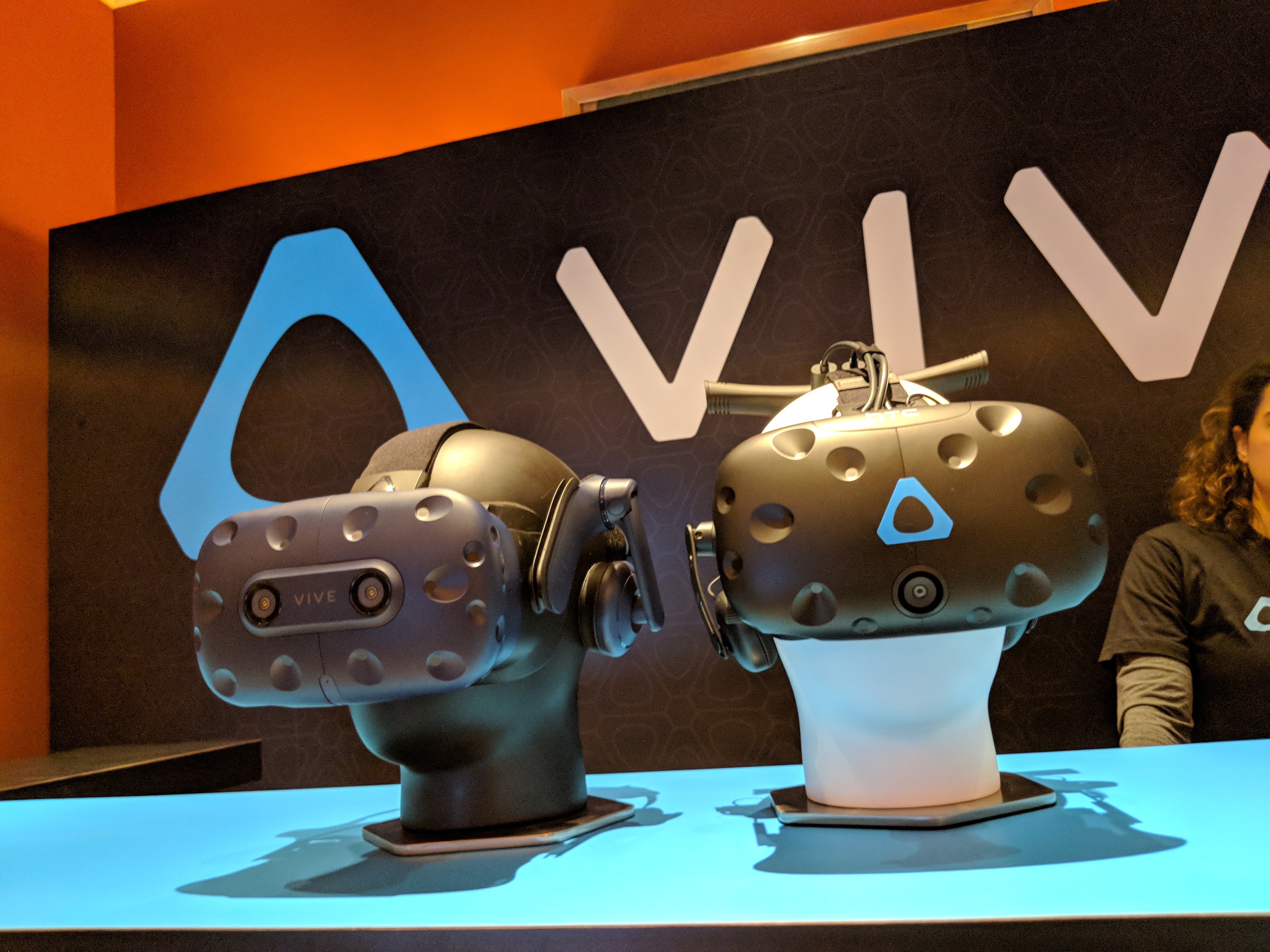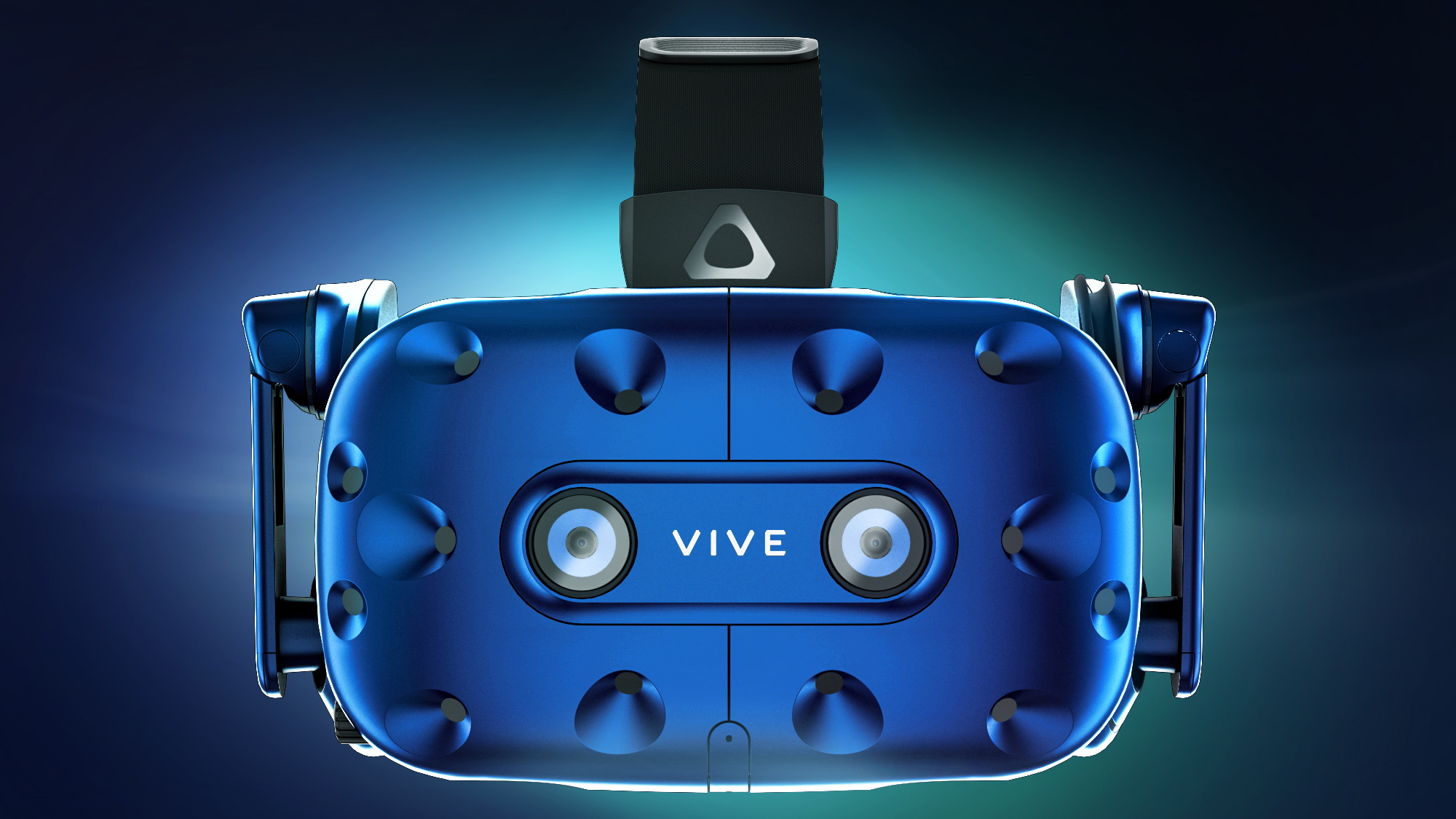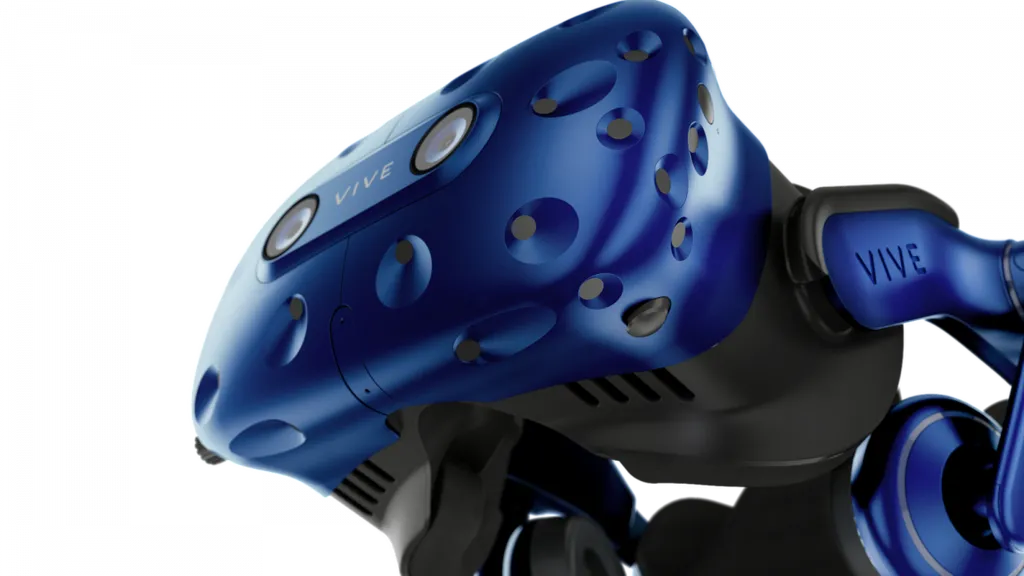This month at CES 2018 in Las Vegas we got the chance to see the near-future of VR hardware when HTC unveiled the Vive Pro at their press conference. The 3K resolution is improved over its current model predecessor and it also features an improved fit, embedded audio solution, and the promise of improved base station tracking sensors to arrive later this year.
We were given the chance to go hands-on with the Vive Pro at CES, as well as see it sitting side-by-side with the original Vive that released in 2016, and came away mostly impressed with the crisp visual display.
During the show HTC revealed that the Vive Pro will actually have the same minimum PC specifications as the current original Vive. This opens the door for current generation consumers to purchase just the Vive Pro when it releases for a marginal upgrade without having to break the bank on a whole new computer. At least, that’s the idea.
But just like any piece of cutting-edge technology though, you’re going to want to have a powerful computer to get the most out of it and the Vive Pro is no different.
“We have a minimum spec and a recommended spec, we haven’t revealed recommended yet but those are two different things,” explained J.B. McRee, Senior Manager, Product Marketing for VR at HTC during an in-person interview at CES. “The minimum is the bare minimum for it to work, functionally, but just like with any VR headset or game that lets you modify graphics settings and things like that, with a higher end GPU you’re gonna get higher performance. So the recommended spec will likely shift but the minimum spec will stay the same.”
So the ultimate question is: If you’re running a minimum or near-minimum spec PC right now with an original Vive and you buy a Vive Pro, will you notice improved visuals at all?
“It’s hard to say since each piece of content has different requirements,” answered McRee. “Let’s say you have a game with three graphical settings, if you were minimum spec using the Pro then you might need to run the game on a lower overall setting because it’s higher resolution and you’re requesting more horsepower from the computer. A large bulk of the devs here at CES have gone through and optimized things to run well on the Pro….It’s a higher performance headset so it will require a better machine. The people that we are currently marketing this product to, the most demanding consumers and enterprise customers, are not the type of people that have a minimum spec PC and they’re not the type of people that would feel uncomfortable upgrading to a higher end GPU if that’s what’s needed to get the type of experience that they want.”

This shouldn’t come as much of a revelation to anyone, but it’s important to understand that the Pro may not be a tangible upgrade for an everyday consumer. If you want to really see the resolution difference then you may need to push your machine a bit further than it’s being pushed currently. Until we know the recommended PC specs though, it’s hard to say what that will be exactly other than it’s going to be higher than the original Vive’s.
McRee indicated that all of the PCs running the Pro at CES were using a single GTX 1080 or an equivalent GPU, which does serve as at least a starting indication of where to aim to get the most out of the improved visuals.

Let us know your thoughts on the Vive Pro from what you’ve seen and heard down in the comments below!





























